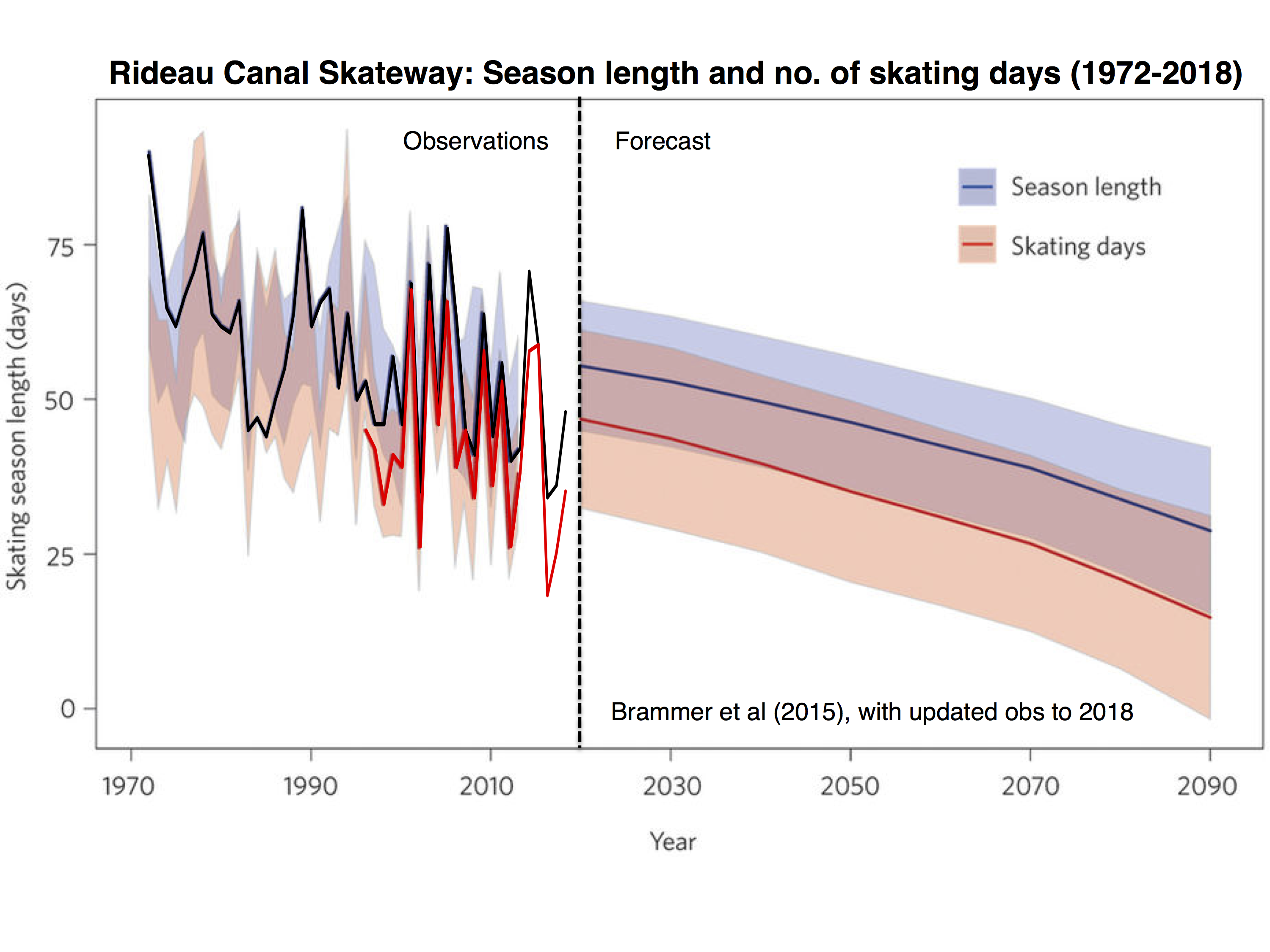padding-left: px !important;
padding-right: px !important;
}
As a longtime partner of the U.S. Forest Service, we know the agency works hard caring for all of our nation’s forests, and has been a leader in promoting diversity in the workplace. While we applaud these efforts, it is very clear much more is needed to be done to ensure that everyone feels safe and respected in the workplace throughout the forest community.
We, at American Forests, are deeply disturbed by reports of sexual harassment that occurs at the U.S. Forest Service. Sexual harassment is unacceptable anywhere.
“We support the brave women who have come forward to tell their stories, and all whom have experienced this unacceptable behavior,” said Scott Steen, president and CEO of American Forests. “At minimum, everyone deserves a safe workplace free from harassment and retaliation. But beyond that, everyone deserves a workplace where they are treated with dignity and respect, and where their talents and efforts are welcomed and celebrated, without regard to gender.”
The U.S. Forest Service has long been a critical and valued partner of American Forests. That is why we strongly support efforts by both the Congressional oversight committees and U.S. Forest Service itself to investigate and address the deep-seated cultural issues that have been so damaging to many female employees. Every organization in the forest community, including public agencies like the U.S. Forest Service and nonprofits like American Forests, must be committed to providing safe, inclusive workplaces to advance equity in our country.
We stand ready to assist these efforts in any way possible.
The post American Forests Responds: Sexual Harassment at the U.S. Forest Service appeared first on American Forests.























 Because of the fact that the orbital period of the Earth around the sun is not an integer number of days, the astronomical “seasons” move around a little in the calendar. Thankfully, it doesn’t move around quite as much since the adoption of the Gregorian Calendar, but on short timescales (< 500 years) the impacts of leap years and the variation of the vernal equinox can alias climatic trends. The VE is normally either the 20th or 21st of March, though this century will have a few years with the VE on March 19th as well (
Because of the fact that the orbital period of the Earth around the sun is not an integer number of days, the astronomical “seasons” move around a little in the calendar. Thankfully, it doesn’t move around quite as much since the adoption of the Gregorian Calendar, but on short timescales (< 500 years) the impacts of leap years and the variation of the vernal equinox can alias climatic trends. The VE is normally either the 20th or 21st of March, though this century will have a few years with the VE on March 19th as well (





